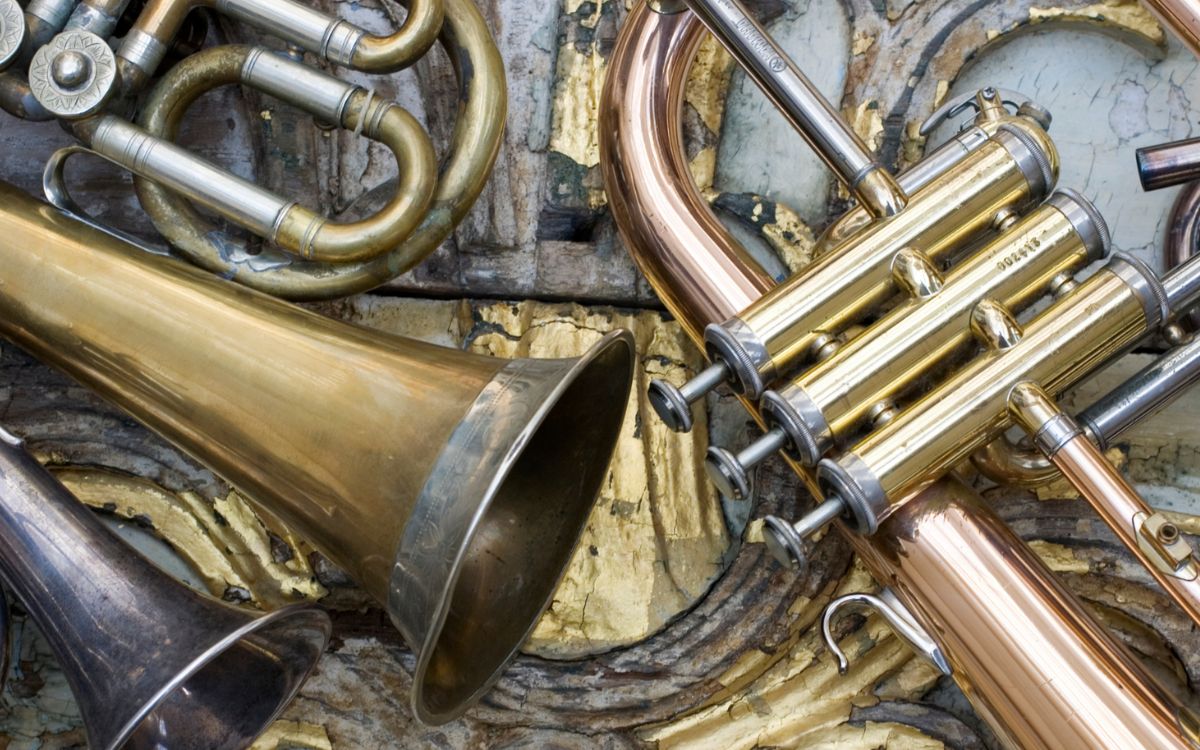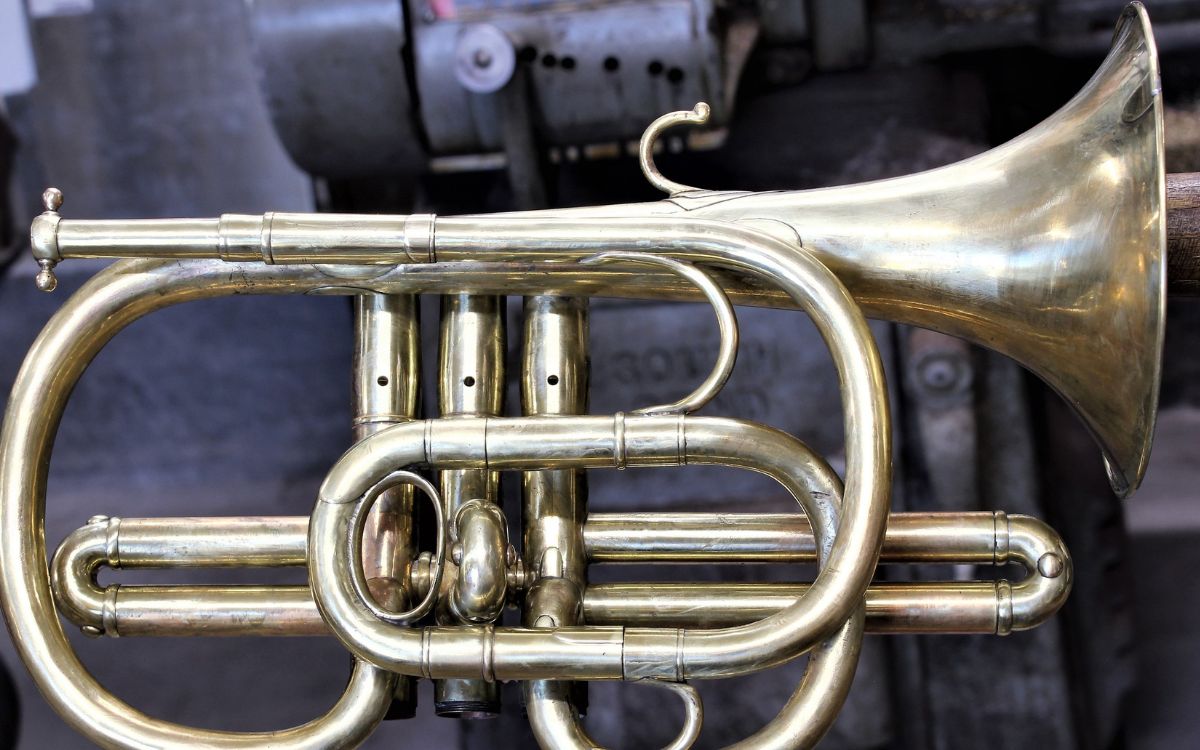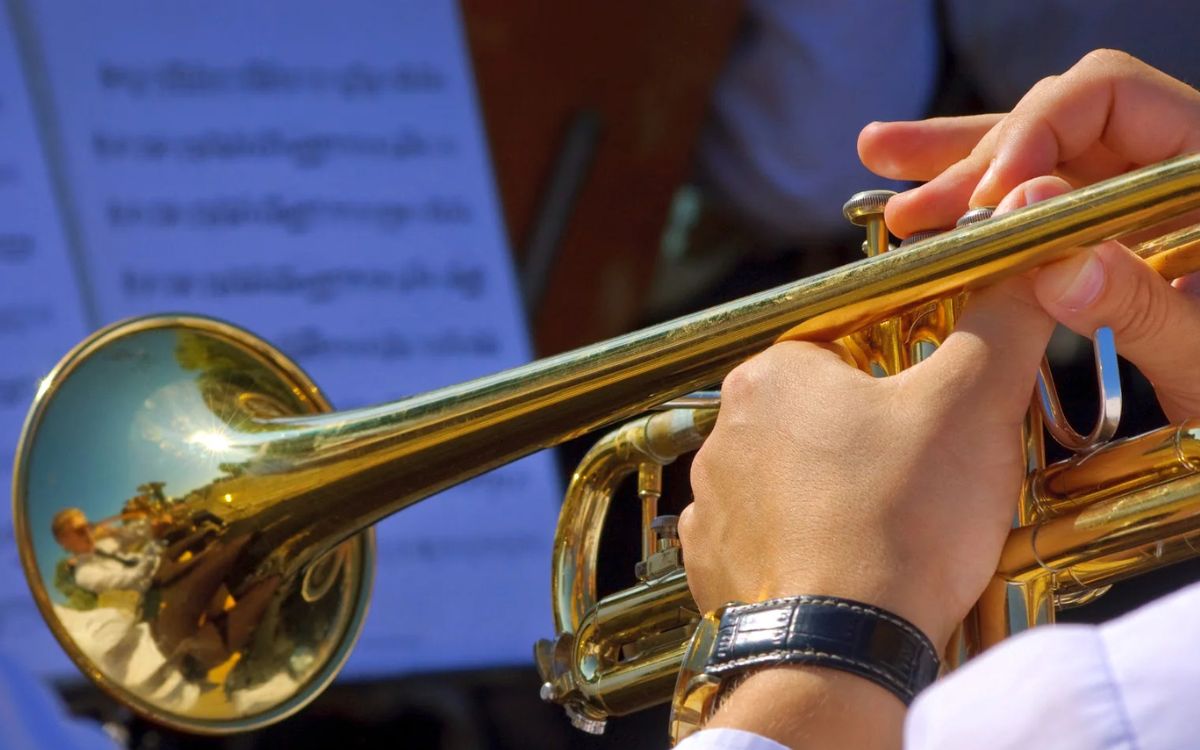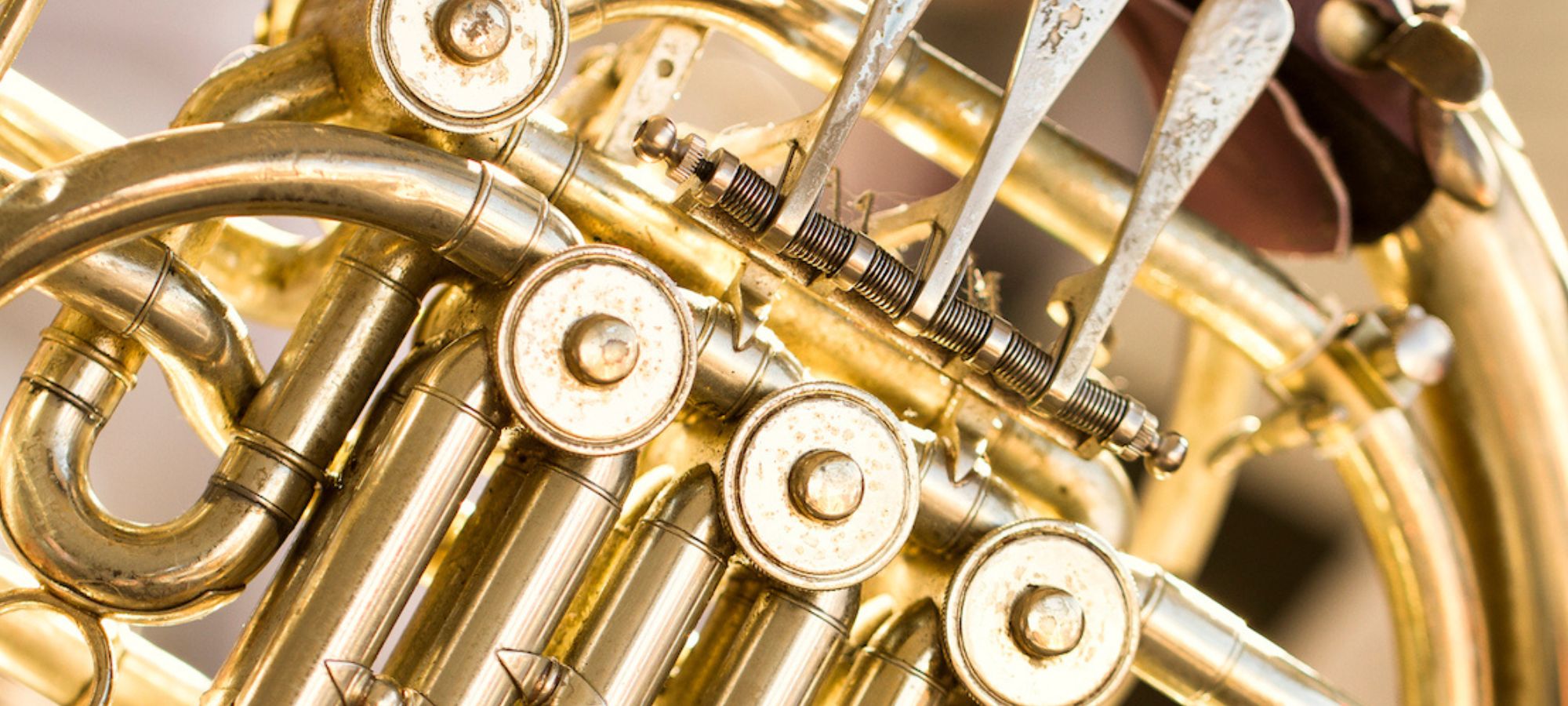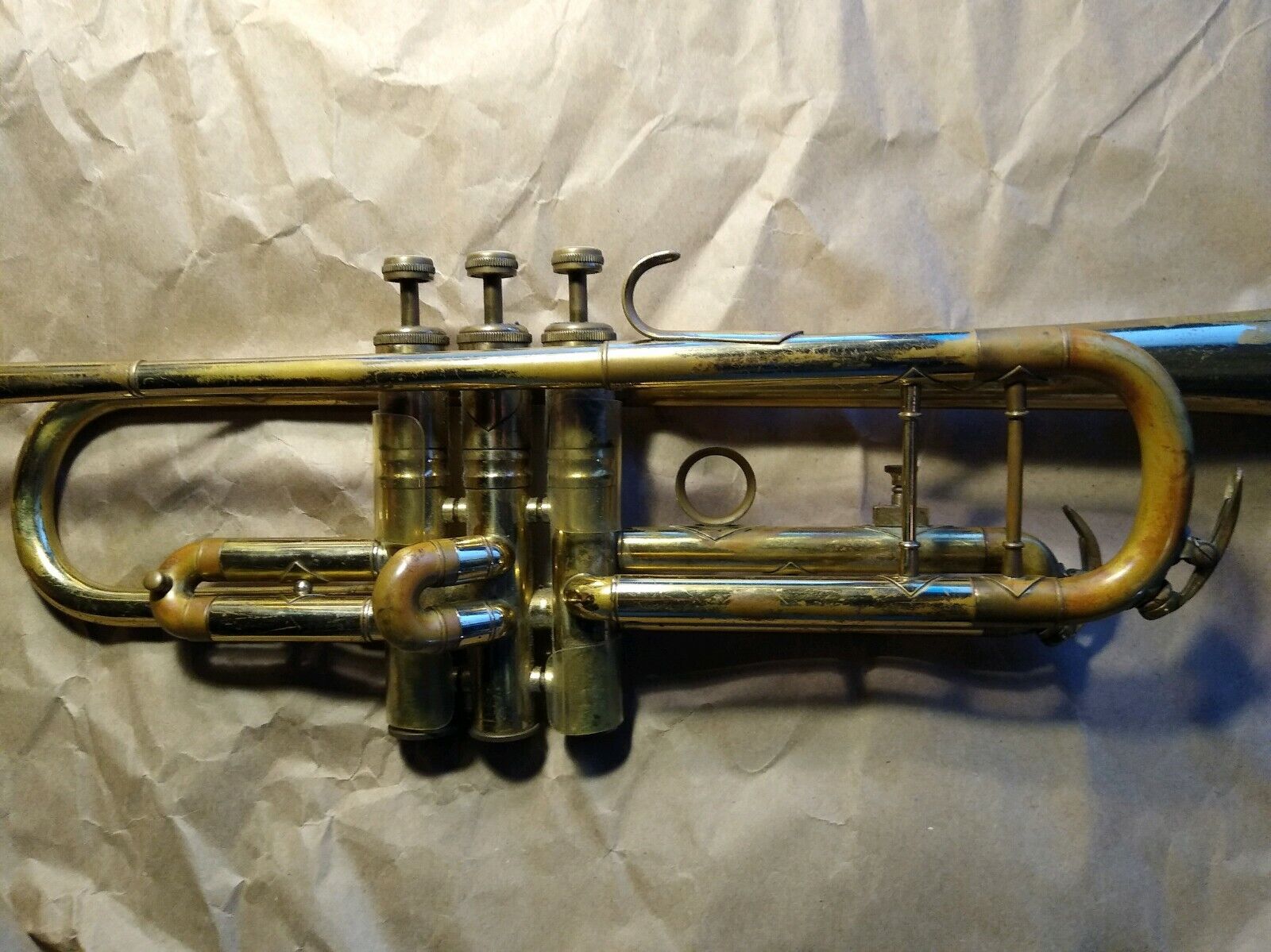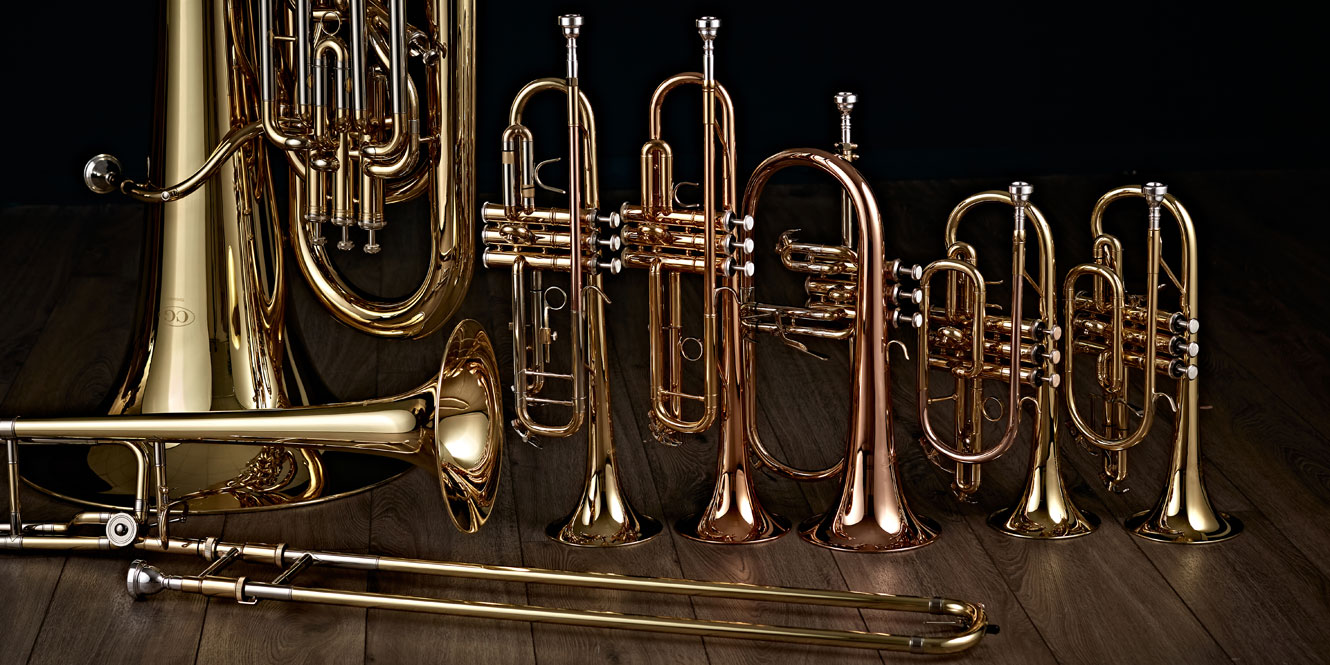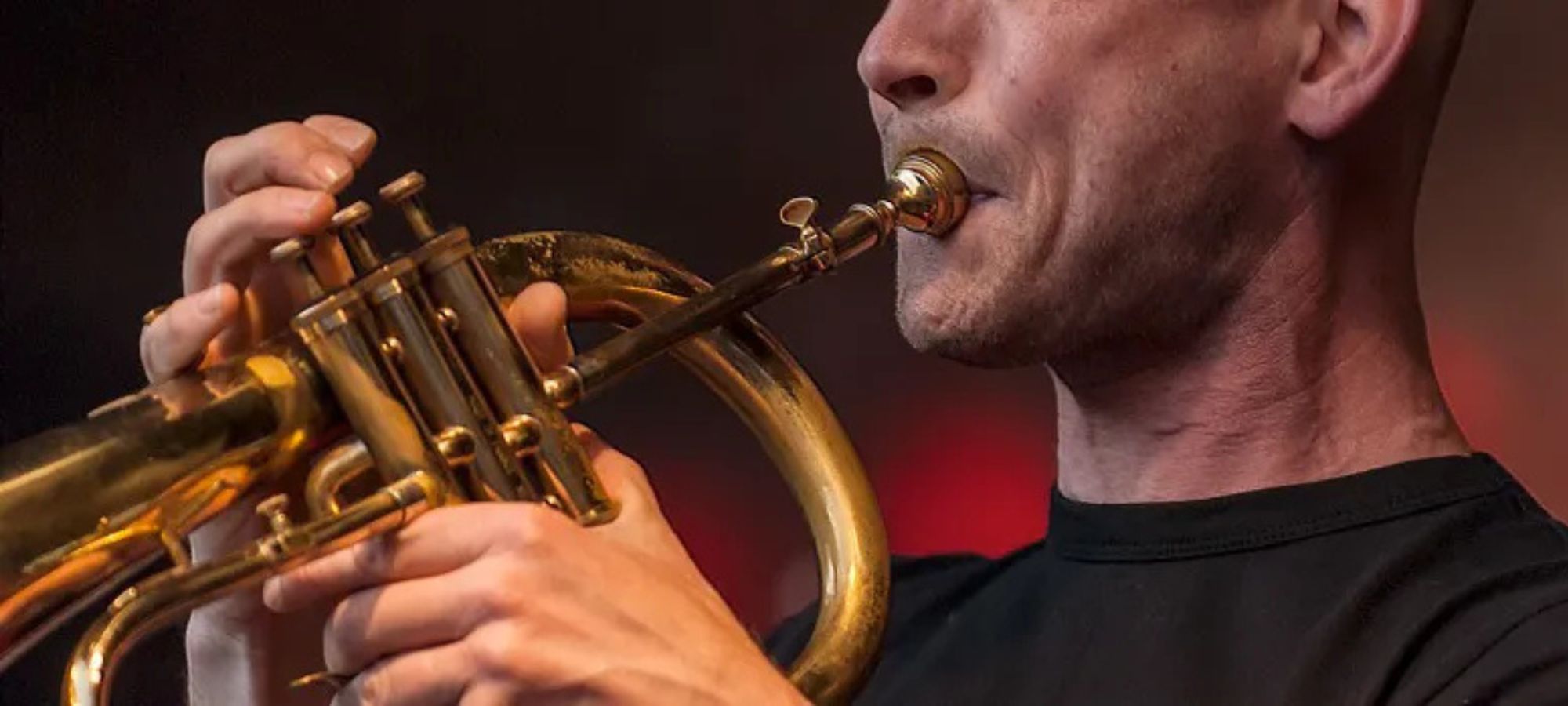Home>Instruments>Brass Instruments>The Vibrations Of Brass Instruments Come From Where?
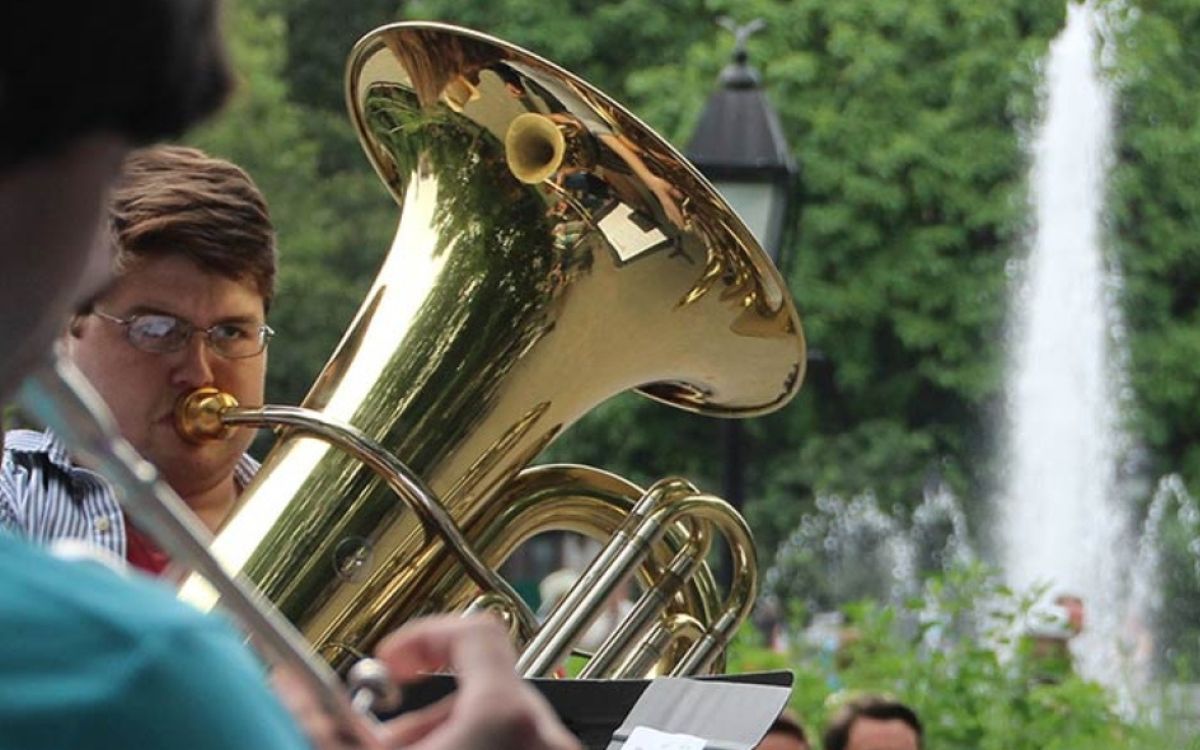

Brass Instruments
The Vibrations Of Brass Instruments Come From Where?
Published: January 15, 2024
Discover the origin of the mesmerizing vibrations in brass instruments. Dive into the fascinating mechanics behind the resonating power of these timeless musical gems.
(Many of the links in this article redirect to a specific reviewed product. Your purchase of these products through affiliate links helps to generate commission for AudioLover.com, at no extra cost. Learn more)
Table of Contents
Introduction
Welcome to the world of brass instruments, where the mesmerizing melodies and powerful sound are created through the mastery of musicians. From the enchanting trumpets to the majestic trombones, brass instruments have been captivating audiences for centuries. But have you ever wondered how these instruments produce such rich and resonant sounds?
At the heart of it all lies the concept of vibrations. The vibrations in brass instruments are responsible for creating the distinct tones and harmonies that we associate with these instruments. Understanding the nature of these vibrations can provide a deeper appreciation for the artistry and technique required to play brass instruments.
In this article, we will delve into the fascinating world of brass instrument vibrations. We will explore how the vibrating lips of the musician, coupled with the air pressure and the resonance chamber, work together to produce the beautiful sounds we all love.
So, let’s embark on this musical journey together, as we uncover the secrets behind the vibrations in brass instruments and gain a deeper understanding of the remarkable synergy between the musician and their instrument.
The Nature of Vibrations in Brass Instruments
To understand the nature of vibrations in brass instruments, we must first examine the basic mechanics of how sound is produced. When a musician plays a brass instrument, they create vibrations that travel through the instrument, ultimately resulting in the emission of sound waves.
The primary source of these vibrations in brass instruments is the musician’s buzzing lips. As the musician blows air into the mouthpiece, their lips create a buzzing motion, similar to blowing a raspberry. This buzzing generates sound waves that travel through the instrument, producing different pitches depending on the length and shape of the instrument. The speed at which the musician buzzes their lips determines the frequency or pitch of the sound produced.
Interestingly, the pitch of the sound is not solely dependent on the length of the instrument. While longer instruments tend to produce lower pitches, the musician’s embouchure, or the positioning and tension of the lips, also plays a crucial role. By altering their embouchure, musicians can manipulate the pitch and create a wide range of notes.
In addition to the vibrating lips, the air pressure within the instrument also influences the nature of the vibrations. The musician’s breath creates a column of air within the instrument that interacts with the vibrating lips. The air pressure oscillates as the lips vibrate, generating standing waves that correspond to specific frequencies. These waves travel through the instrument, causing different parts of the instrument to vibrate and produce sound.
Furthermore, the resonance chamber of the instrument plays a vital role in shaping the vibrations and enhancing the sound quality. The shape and size of the resonance chamber, including the length and diameter of the tubing, determine the instrument’s timbre and resonance. As the vibrations from the buzzing lips propagate through the instrument, they interact with the resonance chamber, amplifying certain frequencies and harmonics, resulting in the rich and distinct sound of each brass instrument.
Understanding the nature of vibrations in brass instruments allows us to appreciate the skill and precision required to produce beautiful music. It is the delicate balance between the vibrating lips, the air pressure, and the resonance chamber that gives brass instruments their unique character and expressive capabilities.
Next, let us explore in more detail the role of the vibrating lips in creating the vibrations that bring brass instruments to life.
The Role of the Vibrating Lips
The vibrating lips of the musician are the primary source of sound production in brass instruments. It is through the controlled buzzing of the lips that the instrument comes alive with rich and resonant tones.
When a musician plays a brass instrument, they create a seal by placing their lips firmly against the mouthpiece. As they blow air into the instrument, the air stream causes the lips to vibrate. The buzzing motion of the lips sets the air column within the instrument into motion, producing sound waves that travel through the instrument and into the surrounding space.
The pitch of the sound is determined by the speed at which the lips vibrate. Faster vibrations produce higher pitches, while slower vibrations result in lower pitches. The musician can control the pitch by adjusting the tension and position of their lips. By increasing the tension, the lips vibrate faster, producing higher notes. Conversely, loosening the lips produces lower notes.
It is important for brass musicians to develop proper technique and embouchure to achieve optimal lip vibrations. The embouchure refers to the way the musician shapes their lips, mouth, and facial muscles while playing the instrument. Achieving a balanced and efficient embouchure allows for better control over the vibrations and ultimately leads to a clearer and more resonant sound.
Furthermore, the shape of the lips can also affect the timbre and quality of the sound produced. Each musician has a unique lip shape and size, which contributes to their individual sound signature. Some musicians may have fuller lips, while others may have thinner or more flexible lips. These variations in lip anatomy can influence the color and texture of the sound.
It is worth noting that the vibrating lips alone are not sufficient to produce the full range of notes on a brass instrument. The length and shape of the instrument’s tubing play a crucial role in determining the pitch. The buzzing lips create the initial vibrations, but it is the interaction between the vibrating lips and the resonating air column within the instrument that produces the specific pitch and harmonics.
The role of the vibrating lips in brass instruments cannot be understated. They serve as the catalyst for the creation of sound, allowing musicians to convey their emotions and express their artistry through these remarkable instruments.
Next, we will explore how air pressure influences the nature of vibrations in brass instruments.
How Air Pressure Affects the Vibrations
Air pressure plays a crucial role in brass instrument vibrations, significantly influencing the sound and quality of the music produced. The interaction between the air pressure created by the musician’s breath and the vibrating lips generates the distinctive tones we associate with brass instruments.
When a musician blows air into a brass instrument, they create a column of air that fills the instrument’s tubing. The air pressure within the instrument oscillates as the vibrating lips interact with it. This alternating pressure creates compressions and rarefactions, resulting in standing waves within the instrument.
The air pressure within the instrument is directly related to the speed of the vibrating lips. Higher air pressure leads to faster vibrations, resulting in higher pitches, while lower air pressure corresponds to slower vibrations and lower pitches. By controlling the air pressure, musicians can manipulate the pitch and create different notes.
The air pressure also affects the stability and control of the sound produced. Musicians must maintain a consistent and controlled airflow to ensure steady vibrations of the lips. Too much air pressure can cause the lips to tighten excessively, resulting in a strained and harsh sound. On the other hand, insufficient air pressure can lead to weak or muffled vibrations, resulting in a lack of projection and clarity.
It is through a delicate balance between the air pressure and the vibrating lips that brass musicians achieve precise control over the pitch and dynamics of the music. This mastery of air pressure allows musicians to articulate nuances and express emotions through their playing.
Additionally, the air pressure within the instrument interacts with the resonance chamber, influencing the timbre and overall sound quality. The standing waves created by the vibrating lips resonate within the instrument’s tubing and bounce off its walls. The shape, length, and diameter of the tubing determine which frequencies are amplified and which are dampened, giving each brass instrument its unique tonal characteristics.
The concept of air pressure in brass instruments can be likened to the breath of life that infuses the instrument with sound. It is the careful management of this air pressure, combined with the artistry of the musician, that creates the beautiful melodies and harmonies that we cherish.
Next, let’s explore the importance of the resonance chamber in brass instrument vibrations.
The Importance of the Resonance Chamber
The resonance chamber of a brass instrument plays a crucial role in shaping the vibrations and enhancing the sound quality. It serves as a conduit for the vibrations created by the buzzing lips and influences the timbre, resonance, and projection of the instrument.
The resonance chamber refers to the hollow space within the instrument’s tubing, including the main body and any additional extensions, such as slides or valves. This chamber is responsible for amplifying specific frequencies and enhancing the overall sound produced.
One of the key functions of the resonance chamber is to provide a space for the vibrations to resonate and develop. As the sound waves generated by the buzzing lips travel through the tubing, they bounce off the walls of the resonance chamber, reinforcing certain frequencies and creating a more robust sound.
The shape and size of the resonance chamber greatly impact the instrument’s tonal qualities. For example, a larger resonance chamber tends to produce a richer and more full-bodied sound, while a smaller chamber may result in a brighter and more focused tone. The length and diameter of the tubing also contribute to the specific ranges and harmonics that the instrument can produce.
Moreover, the resonance chamber acts as a filter, allowing certain harmonics to be amplified while attenuating others. This filtering effect is crucial for shaping the instrument’s timbre and ensuring that the sound produced is distinct and recognizable. It is this unique combination of vibrating lips, air pressure, and the resonance chamber that gives each brass instrument its characteristic sound.
The design and construction of the resonance chamber are vital considerations for instrument makers and musicians. Fine-tuning the dimensions and materials of the chamber can have a significant impact on the instrument’s response, projection, and tonal color.
Additionally, musicians can make subtle adjustments by manipulating the resonance chamber while playing. For example, extending or retracting a slide or activating different valves alters the effective length and shape of the tubing, influencing the pitch and enhancing the instrument’s versatility.
Understanding the importance of the resonance chamber allows musicians to appreciate the intricacies of their instruments and make informed choices when selecting or modifying their equipment. It is the harmonious interplay between the vibrating lips, air pressure, and the resonance chamber that unlocks the true potential of brass instruments and enables musicians to create captivating music.
Finally, let’s explore some key factors that can influence the vibrations in brass instruments.
Factors Influencing the Vibrations in Brass Instruments
Several factors come into play when considering the vibrations in brass instruments. These factors influence the nature, quality, and control of the vibrations, ultimately shaping the sound produced.
One of the primary factors is the mouthpiece design. The mouthpiece is the interface through which the musician’s lips make contact with the instrument. It plays a crucial role in determining the overall feel, response, and sound produced. Mouthpieces can vary in cup depth, inner diameter, throat shape, and backbore design, each affecting the resistance and resonance of the instrument.
Embouchure, or the positioning of the lips and facial muscles, is another significant factor. Each musician has a unique embouchure, which can be influenced by factors such as lip shape, size, and muscle strength. The way the musician shapes their embouchure impacts the quality and control of the vibrations. Developing a consistent and balanced embouchure is essential for achieving accurate pitch, flexibility, and projection.
The material used to construct the instrument also affects the vibrations. Brass instruments are traditionally made from brass alloys, but variations in the composition can alter the instrument’s resonance and tonal characteristics. Different metals, such as silver or gold plating, may be used for the mouthpiece or bell, further influencing the sound produced.
The musician’s technique and breath support play a crucial role in creating and controlling vibrations. Proper breath support helps generate consistent airflow, leading to stable and controlled lip vibrations. Musicians must develop breath control and diaphragm support to achieve a wide range of dynamics and expressiveness.
The design and construction of the instrument itself are significant factors influencing vibrations. Factors such as the length and diameter of the tubing, the position and size of the bell, and the presence of valves or slide mechanisms all contribute to the instrument’s playability and sound production. These design elements affect the instrument’s response, pitch stability, and resonance.
External factors such as temperature and humidity can also impact the vibrations in brass instruments. Changes in environmental conditions can affect the density and behavior of the air within the instrument, potentially altering the instrument’s overall response and intonation. Musicians must account for these factors and make adjustments as necessary during performance.
Lastly, the skill and experience of the musician themselves cannot be underestimated. Developing a refined ear and a keen sense of pitch and tone allows musicians to fine-tune their playing and produce desired effects. Practice, experimentation, and continuous learning are essential for mastering the art of controlling vibrations in brass instruments.
By considering these various factors, musicians can gain a deeper understanding of the intricacies involved in producing captivating music on brass instruments. It is the harmonious interplay between these factors that allows musicians to express their creativity and create enchanting melodies.
With this knowledge, we can now appreciate the complexities and intricacies of brass instrument vibrations. The vibrating lips, air pressure, resonance chamber, and other influencing factors all work together to produce the mesmerizing sounds that have captivated audiences for centuries. So, whether you’re an aspiring brass player or simply an admirer of these beautiful instruments, take a moment to appreciate the magic happening behind the scenes every time a brass instrument is played.
Remember to keep exploring, practicing, and embracing the joy of music-making. Happy playing!
Conclusion
Brass instruments are a testament to the remarkable synergy between the musician and their instrument. The vibrations produced within these instruments lay the foundation for the captivating melodies and harmonies that have captivated audiences for centuries.
In this article, we’ve explored the nature of vibrations in brass instruments, starting with the buzzing lips of the musician. The controlled vibrations produced by the buzzing lips set the air column within the instrument into motion, generating sound waves and determining the pitch of the notes played.
Air pressure also plays a pivotal role in the vibrations of brass instruments. The interaction between the air pressure created by the musician’s breath and the vibrating lips influences the speed and intensity of the vibrations, ultimately shaping the sound produced.
Additionally, we’ve discussed the importance of the resonance chamber in brass instruments. The resonance chamber amplifies specific frequencies, enhances the overall sound quality, and contributes to each instrument’s unique tonal qualities.
Several factors influence the vibrations in brass instruments, including mouthpiece design, embouchure, instrument material, technique, and environmental factors. Understanding and mastering these factors enable musicians to achieve precise control over their instrument and create the desired musical effects.
As we conclude this journey into the world of brass instrument vibrations, let us embrace the magic and artistry that lies within these magnificent instruments. Whether you’re a musician playing the trumpet, trombone, French horn, or any other brass instrument, or simply an admirer of this beautiful genre of music, take a moment to appreciate the intricate dance of vibrations that brings these instruments to life.
So, the next time you listen to the soaring melodies of a trumpet or the resonant tones of a tuba, remember the intricate interplay of vibrating lips, air pressure, and the resonance chamber – an artistic collaboration that creates the enchanting music we love.
Now, go forth and explore the vast world of brass instruments with newfound appreciation and knowledge, and let the vibrations of music fill your heart and soul.


